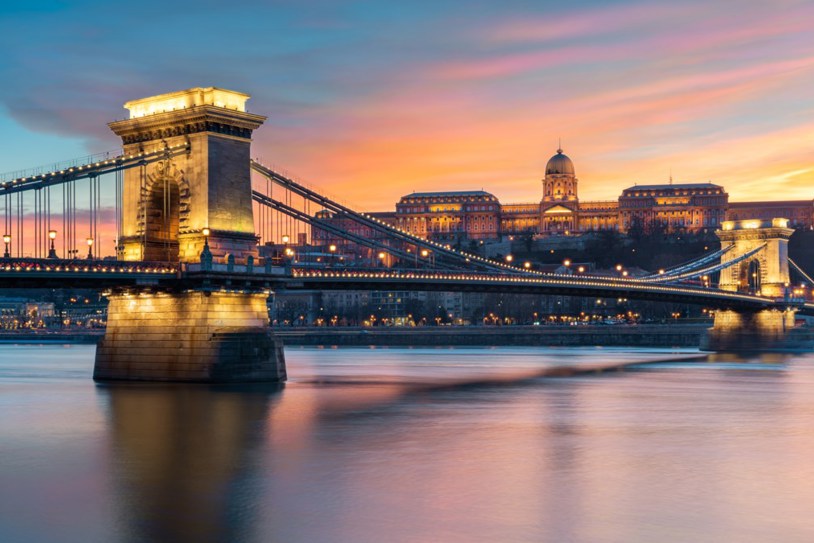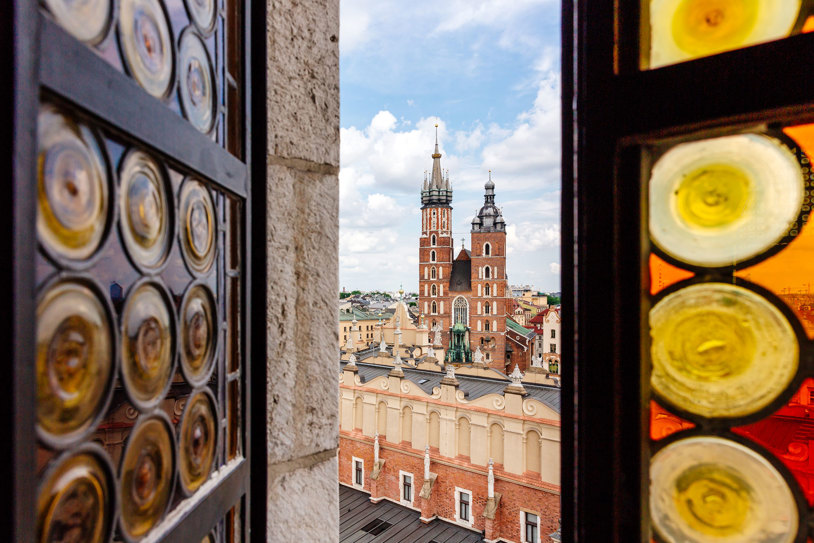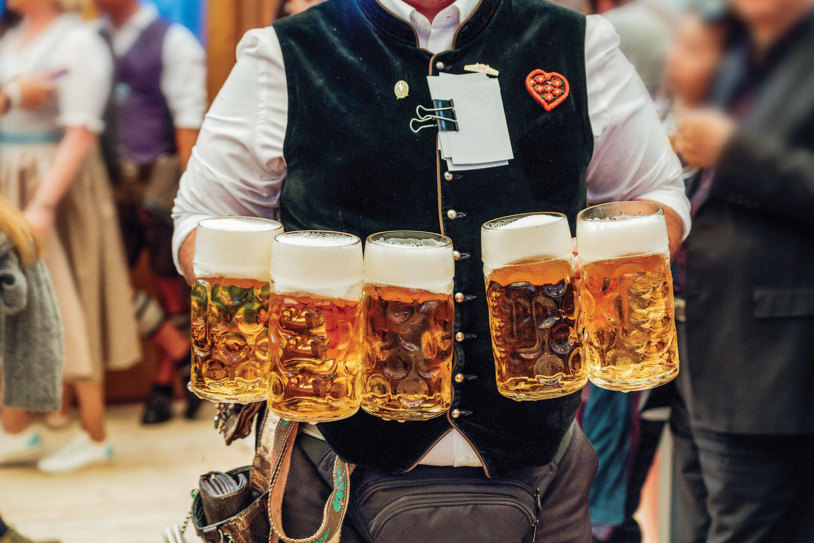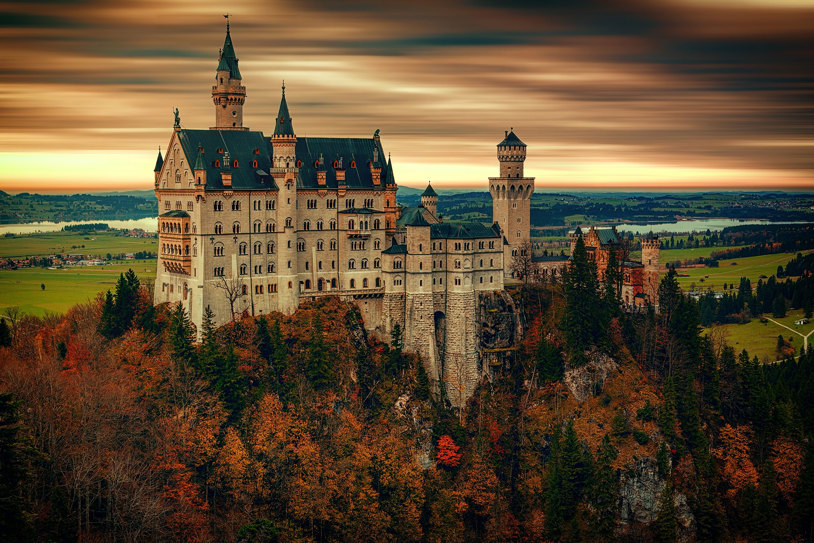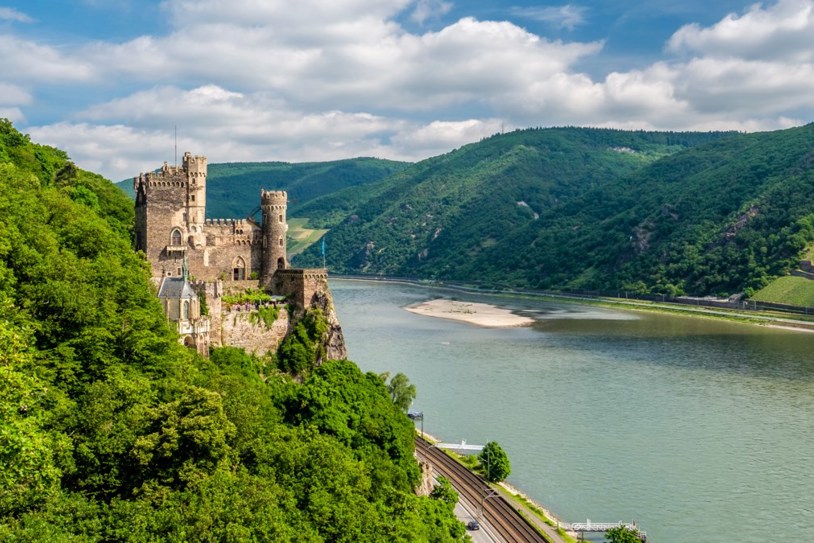Germany might be well known for its beer and halls, but sampling wines in German vineyards might be even better.
About Us
For more than 50 years, Grand European Travel has been providing a wonderfully simple, and genuinely personal, way to travel.
Meet Our Team
Our Travel Specialists make planning your trip fun and hassle free
Guided Vacations
Top 10 advantages of taking a guided tour
Guest Reviews
As you plan your trip, read our unedited guest reviews
Travel Insurance
Protect your vacation with travel insurance.
Responsible Travel
Powered by our not-for-profit foundation, TreadRight
Current Offers
From Last Minute Deals to limited time promotions, see all offers.
Big Travel Sale
SAVE up to 15% on 2026 Tours
Double Past Traveler
Double Global Tour Rewards on select trips
Uniworld Anniversary Sale
Save up to 30% on river cruises
GETAWAY Deals
Great deals on last minute travel
AARP Member Benefits
Enjoy exclusive savings on guided tours and river cruises
2027 Cruise Savings
Early Booking Savings up to 20%
Solo Traveler Deals
2026 Single Supplement Cruise Discounts
A Quick Guide to
Germany's Wine Regions

Our Top 2 Wine Regions in Germany
The Rhenish Hesse Wine Region of Germany
Rhenish Hesse, or Rheinhessen in German, is the largest of the country’s 13 wine regions. The name Rheinhessen derives from the region’s location in the Rhine Valley, the river runs along its north and eastern borders. The river is crucial to the terroir of the region: It adds rich mineral deposits to the soil and helps to moderate temperatures in what would otherwise be a very hot valley. The hills surrounding the valley shield the vineyards from extreme weather, allowing for a more temperate, drier climate than the rest of the country.
These natural characteristics have encouraged the region’s inhabitants to cultivate grapes for wine since the time of the ancient Romans. The oldest record of a German vineyard is a deed from the year 742 AD, and another document dated from 1402 specifically identifies Riesling as a grape varietal. Rheinhessen’s largest city, Mainz, was an important trading port on the Rhine.
Rheinhessen, and Germany in general, is known for white wines. The most popular grapes in the region are Riesling, Müller-Thurgau, and Silvaner. A number of talented winemakers have recently made Rheinhessen their home, embracing organic and eco-friendly practices, shifting to smaller quantities, and producing dynamic wines that are earning widespread recognition.
The Franconia Wine Region of Germany
Located in the state of Bavaria, many of Franconia’s vineyards lay along the Main River. Similar to the Rhine, the Main helps to regulate temperatures and foster a climate that is ideal for growing white grape varieties, which dominate the scene here, occupying 80-90% of the vines. The region is famous for its Silvaner, which was served at Queen Elizabeth’s coronation in 1953. But Müller-Thurgau is actually the most widely planted varietal, followed by Silvaner, then Riesling.
The area has been producing wine for at least 1200 years, evidenced by documents that date back to 779 AD. Franconia is rich with medieval and Renaissance-era castles that add to the magical ambiance of the wine country. The region is also famous for its Bocksbeutel: thin, wide-based bottles whose signature shape is protected by the European Union.
Germany's sparkling wine
When you think of German beverages, your mind probably jumps to beer, with images of beer steins overflowing on Oktoberfest. But Germany is also a major wine producer, with a history that dates back thousands of years. Let’s take a closer look at the Rhenish Hesse and Franconia wine regions, as well as the under-the-radar but oh-so-delicious German sparkling wine, Sekt.
While it may not have the name recognition of Champagne or Prosecco, German sparkling wine, Sekt, is considered by many to be the “next big thing." Riesling is the most popular grape varietal used to make Sekt, but Silvaner, Pinot Blanc, and Pinot Gris grapes are also used. Sekt is produced using traditional fermentation methods similar to Prosecco and rivals its Italian and French counterparts in taste tests.
One reason that Sekt hasn’t yet reached the same level of popularity on the global stage? Because it’s so popular in its homeland; 80% of Sekt is consumed within the country—a major reason why Germany actually has the highest per-capita consumption of sparkling wine in the world. So next time you celebrate Oktoberfest, don’t neglect Sekt!
Delightful Danube
Day 1
Budapest (Embark)Day 2
Budapest, EsztergomDay 3
ViennaDay 4
DürnsteinDay 5
LinzDay 6
Engelhartszell, PassauDay 7
RegensburgDay 8
Regensburg (Disembark)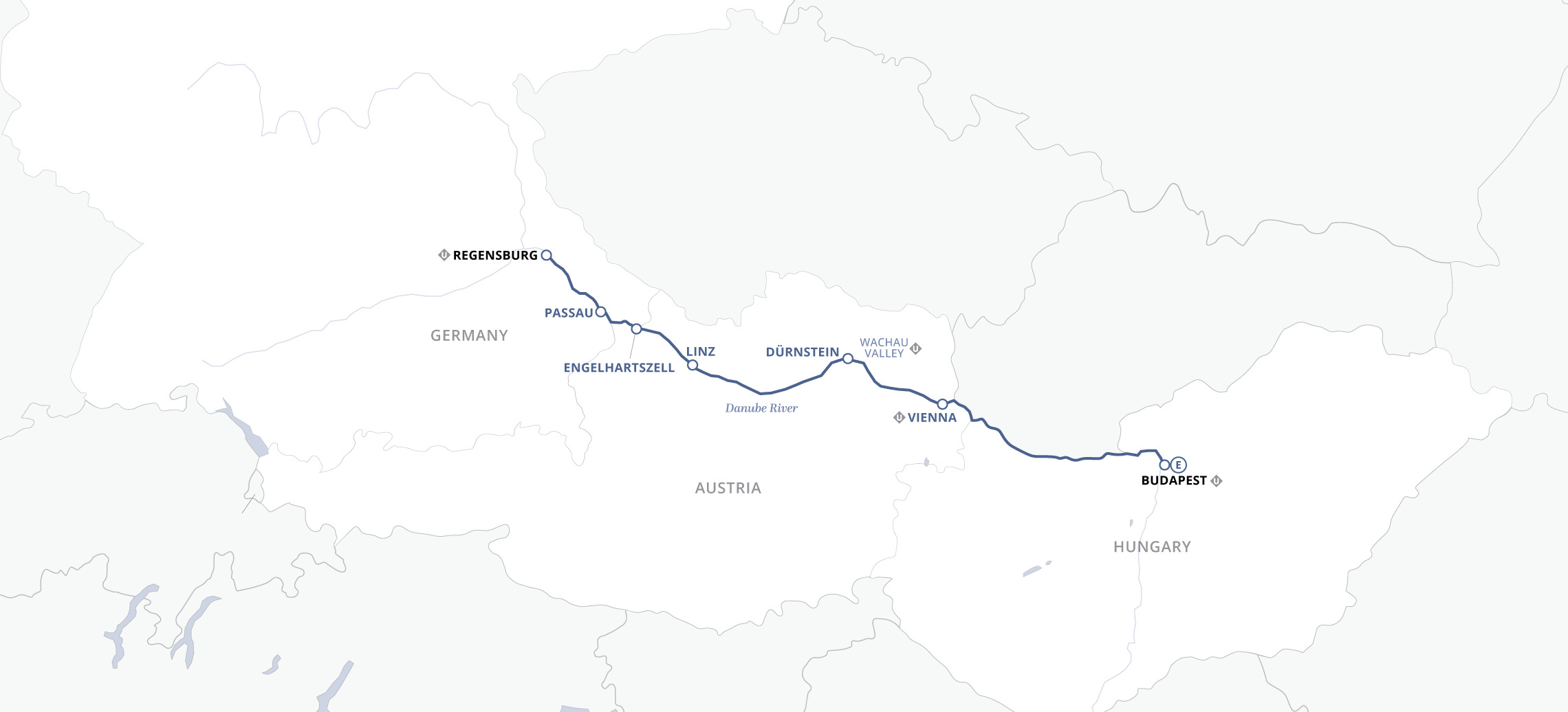
Bohemian Highlights
Day 1
Welcome to BerlinDay 2
Explore Bustling BerlinDay 3
Journey to Poznań and on to WarsawDay 4
Discover Historic WarsawDay 5
Onwards to Auschwitz and KrakówDay 6
See the Sights of KrakówDay 7
Venture through Slovakia to BudapestDay 8
Uncover the Treasures of BudapestDay 9
Off to ViennaDay 10
Admire Vibrant ViennaDay 11
Venture to PragueDay 12
The Old Town and More in PragueDay 13
Farewell Prague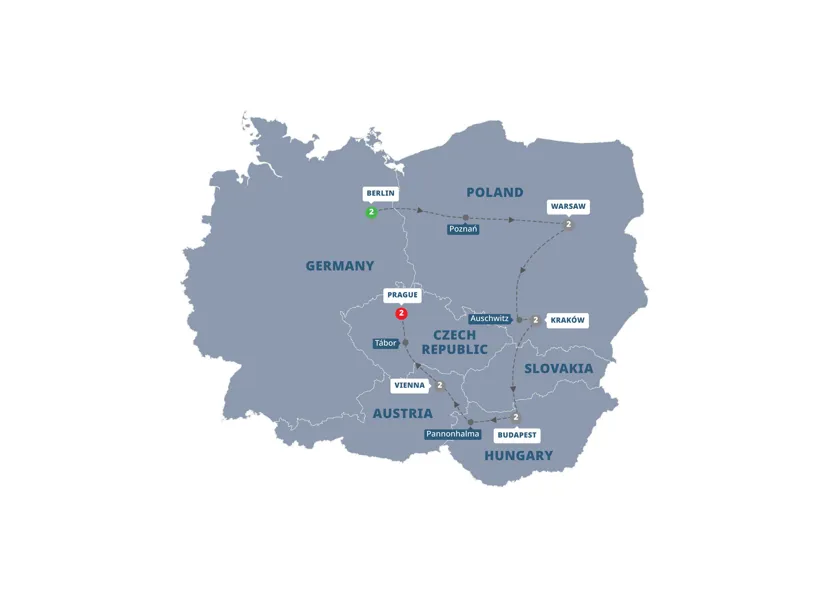
Imperial Highlights
Day 1
Arrive MunichDay 2
Munich – Regensburg – PragueDay 3
Prague sightseeing and free timeDay 4
Prague – Bratislava – BudapestDay 5
Budapest sightseeing and free timeDay 6
Budapest – Győr – ViennaDay 7
Vienna sightseeing and free timeDay 8
Vienna – SalzburgDay 9
Salzburg – MunichDay 10
Depart Munich
Best of Germany
Day 1
Welcome to FrankfurtDay 2
Cruise Along the Rhine and Journey to CologneDay 3
Onwards to the Port City of HamburgDay 4
Journey to BerlinDay 5
Discover the History and Icons of BerlinDay 6
Off to DresdenDay 7
Venture to Historic NurembergDay 8
Continue to Medieval Rothenburg and MunichDay 9
Explore MunichDay 10
Admire Neuschwanstein Castle and the Black ForestDay 11
On to Heidelberg and FrankfurtDay 12
Farewell Germany
Country Roads of Bavaria, Switzerland and Austria
Day 1
Welcome to ViennaDay 2
Vienna and the HabsburgsDay 3
On to SalzburgDay 4
The City of MozartDay 5
Salzburg to MunichDay 6
Explore Munich and DachauDay 7
On to InnsbruckDay 8
Beautiful InnsbruckDay 9
The Engadine Valley and Chic St. MoritzDay 10
All aboard the Glacier Express and on to LucerneDay 11
Dinner at the ‘Roof of Europe’ in StanserhornDay 12
Leave Lucerne for Zürich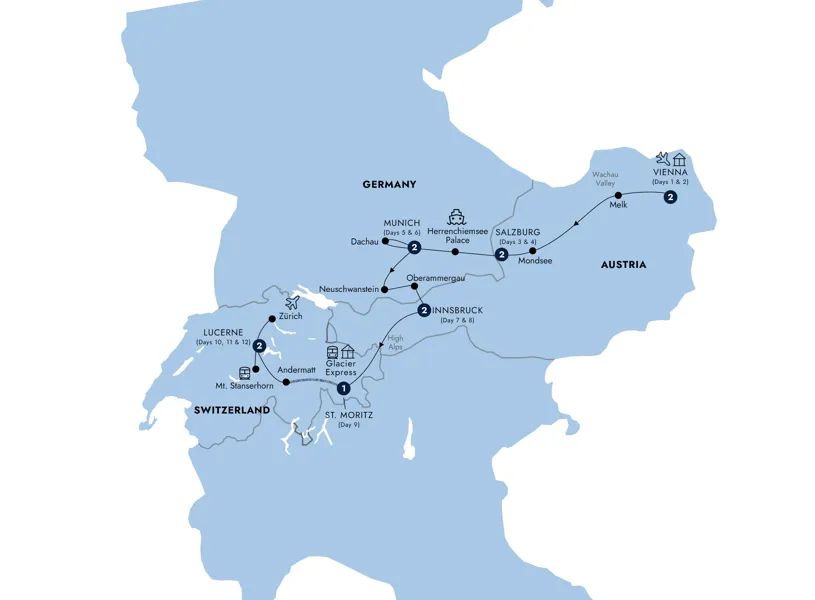
Castles Along the Rhine
Day 1
Amsterdam (Embark)Day 2
Zons, CologneDay 3
Koblenz, BoppardDay 4
Boppard, RüdesheimDay 5
GermersheimDay 6
StrasbourgDay 7
Breisach (Freiburg)Day 8
Basel (Disembark)
You Might Also Like
 Tap To Call
Tap To Call
 Free Brochure
Free Brochure
Order Your Free Brochure
Sign up to order your FREE travel brochure subscription and get exclusive offers only available to our subscribers
Thanks for signing up to receive our latest brochure. As a subscriber, you'll be the first to receive our new brochures as they are released, plus great deals in your inbox.



